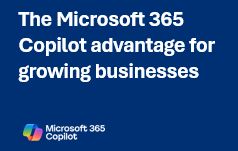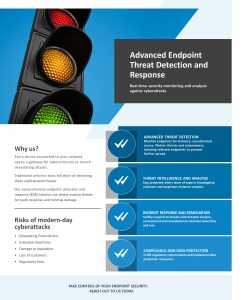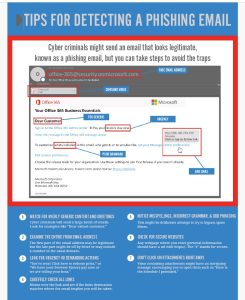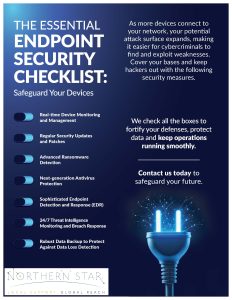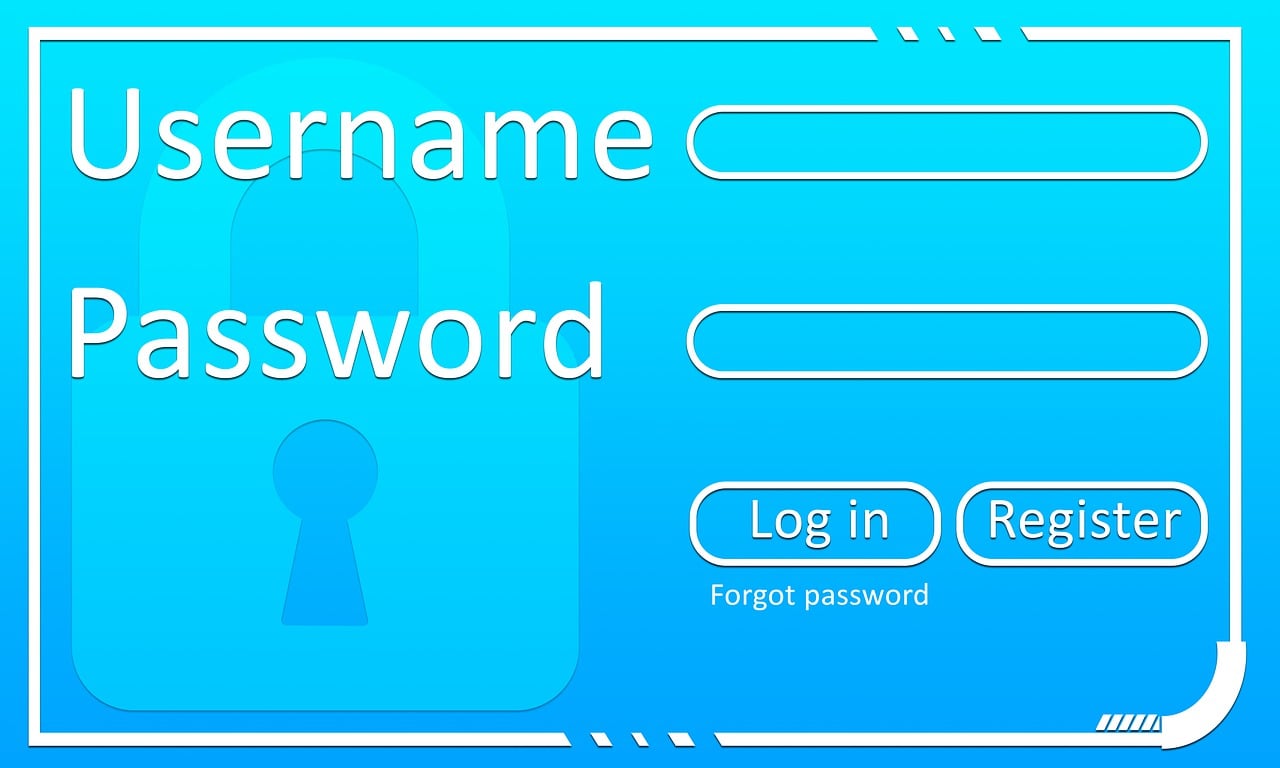
10 Password Best Practices
In today’s digital age, technology is an integral part of any business. While it offers numerous advantages, it also brings challenges, particularly in cybersecurity. One of the most fundamental aspects of cybersecurity is password protection. This involves setting passwords to secure data, ensuring that only those with the correct passwords can access the information. However, the frequent use of passwords often leads to complacency and careless mistakes, which can result in security breaches. Therefore, businesses must educate their employees on best practices for using passwords.
5 Password “Don’ts”
To protect the confidentiality of your passwords, avoid these five common mistakes:
- Don’t write passwords on sticky notes. While it might seem like a good way to remember your passwords, it makes them vulnerable to local theft.
- Don’t save passwords to your browser. Browsers are not secure for storing sensitive information, as they can be easily compromised by malware and other threats.
- Don’t iterate your password (e.g., PowerWalker1 to PowerWalker2). This practice is ineffective against sophisticated cyber threats, as hackers can easily crack iterated passwords.
- Don’t capitalize the first letter of your password to meet the “one capitalized letter” requirement. Hackers are aware of this common habit, making it easy for them to guess the capitalized letter’s position.
- Don’t use “!” to meet the symbol requirement. If you must use it, avoid placing it at the end of your password. Instead, place it elsewhere in the sequence to enhance security.
5 Password “Do’s”
To ensure the confidentiality of your passwords, follow these five best practices:
- Create long, phrase-based passwords that substitute letters with numbers and symbols. For example, “Honey, I shrunk the kids” can be written as “h0ney1$hrunkth3k!d$,” making it harder for hackers to crack.
- Use multifactor authentication. Adding multiple layers of authentication is one of the best ways to keep cybercriminals at bay.
- Always use passwords longer than eight characters that include numbers, letters, and symbols. The more complex the password, the better.
- Use a different password for every account. Reusing passwords across multiple accounts gives cybercriminals a golden opportunity to exploit all your accounts.
- Use a password manager. This tool can help you remember a long list of passwords, freeing up your time for more productive tasks.
Adhering to password best practices requires ongoing attention and effort. Working with a managed service provider (MSP) such as Northern Star can help improve security.
Northern Star has more than 20 years of IT experience in educating businesses and employees about best IT security practices for protecting against cyber theft of company data. We offer various IT security solutions and can be customized for different business needs.
For further information or to arrange a consultation, please call 0800 319 6032 or email sales@northernstar.co.uk.



